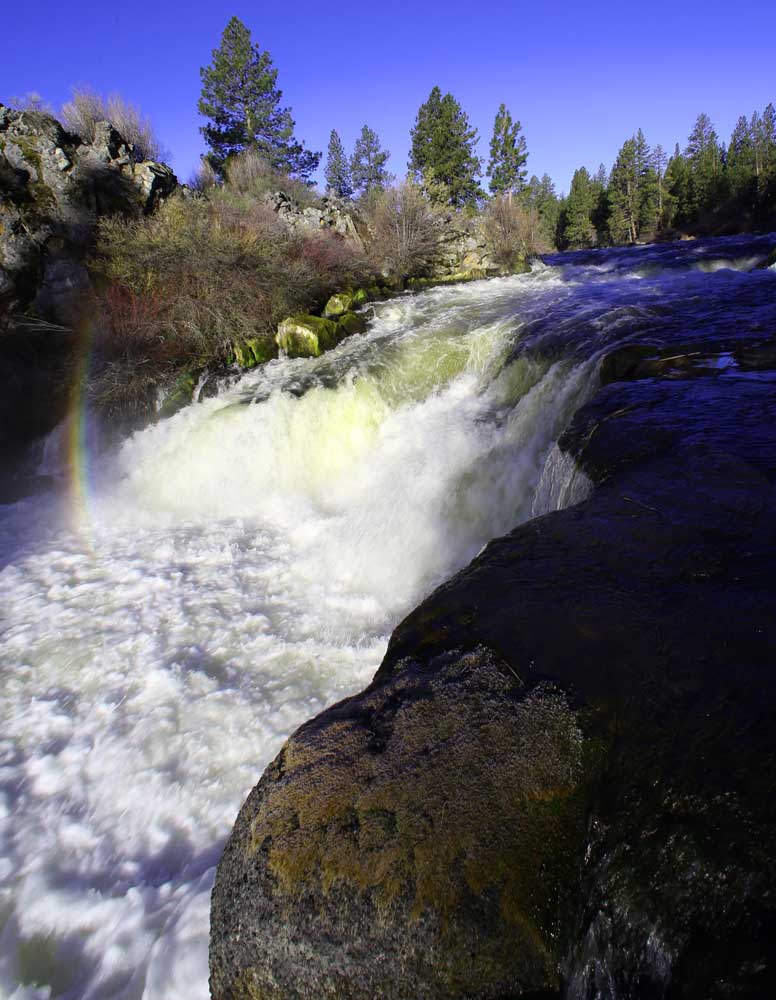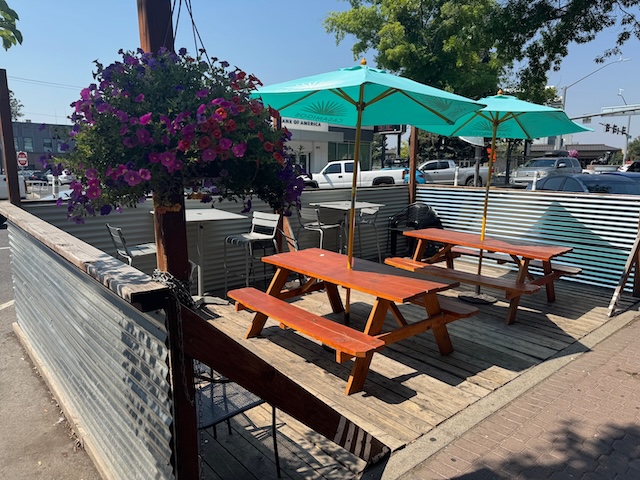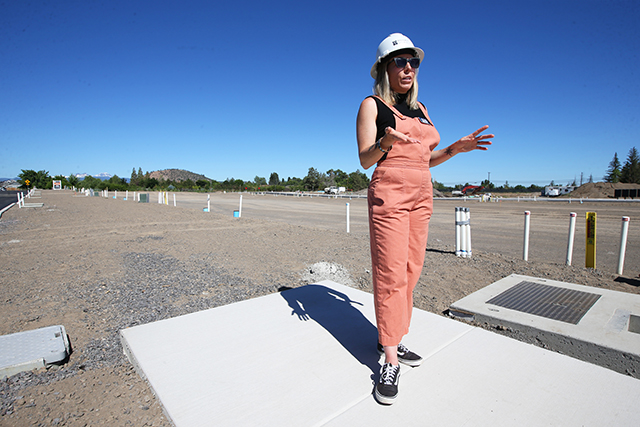Oregon’s iconic ‘Gold Man’ statue is getting re-coated in gold
Published 9:44 am Tuesday, July 22, 2025

- “The Oregon Pioneer,” the gold-leaf covered, 23-foot tall statue atop the Capitol dome, symbolically faces West. The Oregon State Capitol, the third such building housing state government, was built in 1938.
It’s been 25 years since work crews last coated the massive gold pioneer statue atop the Oregon Capitol Building in Salem with 23-karat gold leaf.
And it’s been a rough quarter century of roosting birds scratching and pooping on the towering figure. The scorching sun of summer, ice storms of winter and pounding rain many months of the year also have taken their toll on the statue.
So earlier this month, crews started re-gilding popular roosting spots on the 87-year-old, 23-foot tall, 17,000-pound behemoth known as the “Gold Man” or “Oregon Pioneer.”
Trending
“The top of his head has no gold left on it from all of the birds,” said Mike Sliwinski, a field superintendent for Hoffman Construction, which is sprucing up the statue. “Every horizontal surface is all wore down. His shoulders, the top of his head, the top of the ax handle. Basically every horizontal surface is beat.”
The project will cost the state $234,375, which includes the price of logistical planning, erecting scaffolding, labor and $9,110 for the gold leaf. In all, the statue is covered with about 11.5 ounces of gold head to toe — worth about $38,000 by weight — but this summer’s project only amounts to a partial refresh.
Why not just paint the statue in much cheaper gold-colored paint, one might ask? Sliwinski said it just wouldn’t look the same.
Plus, Sliwinski said it’s the way the artist, Ulric Ellerhusen, intended the statue to be when he completed it in 1938.
The statue, of a pioneer, holds an ax and carries a tarp or wagon cover over his shoulder. A tree stump is situated behind him. The piece was shipped from the East Coast to Oregon via the Panama Canal, then hoisted onto the rebuilt Capitol, which had been destroyed in an inferno in 1935 and rebuilt.
This is the fifth time the statue is being plated in gold. The first was when it was built in 1938, followed by 1958, 1984 when Oregon students raised more than $37,000 for the project and 2000.
Trending
Restoration crews painstakingly tested the gold leaf they acquired to make sure it precisely matched the current shade on the statue in June, before embarking on the actual work.
The Gold Man might be the largest gold-covered publicly viewable statue in the state, historians believe.
To be precise, Gold Man is 23 feet 6 inches tall. Stacy Nalley, the public outreach coordinator at the Oregon Capitol Building, said the next largest gold-plated statues she knows of are the Joan of Arc statue in a traffic circle in the Laurelhurst neighborhood of Northeast Portland and the angel Moroni statues atop the Lake Oswego and Medford temples of the Church of Jesus Christ of Latter-day Saints. Reported to be between 11 to 13 feet, all three are roughly half as tall as Gold Man.
Nalley said visitors to the Capitol and who take tours to the building’s observation deck often ask if Gold Man is solid gold. She tells them he’s actually bronze and coated in a very thin layer of gold. Consolidated into one solid block, the gold doesn’t amount to much.
“It would actually just fit in the palm of your hand,” Nalley said.
The statue may look tiny from the ground. But up close, visitors take in his actual size. For instance, his boots alone are 6-feet tall.
“We let kids know if we tucked you inside there, you wouldn’t be able to peek out,” Nalley said. “It isn’t until you’re right up next to it that you’re like ‘Oh, this guy is gargantuan.'”
Sliwinski, who is supervising work on the statue, said his crew measured the Gold Man’s ax at 11 feet. On clear days, visitors to the observation deck can see at least seven Cascade Range mountains, including the three Sisters, Jefferson, Hood, Adams and Helens.
Sliwinski couldn’t believe his eyes the other day during clear visibility when he saw the outline of a mountain even farther off: Rainier.
“I could not believe it,” Sliwinski said, who added that he turned to mapping software on his phone to confirm. “I was like ‘No way.’ I was impressed.”
After work on the statue is finished in late August, crews will replace the terra cotta tile of the observation deck and lights that illuminate the statue at night.
Though the deck is closed this summer, it is scheduled to open again for tours again during spring break 2026 and then again in mid-June 2026 for the summer season. Tours are free.








